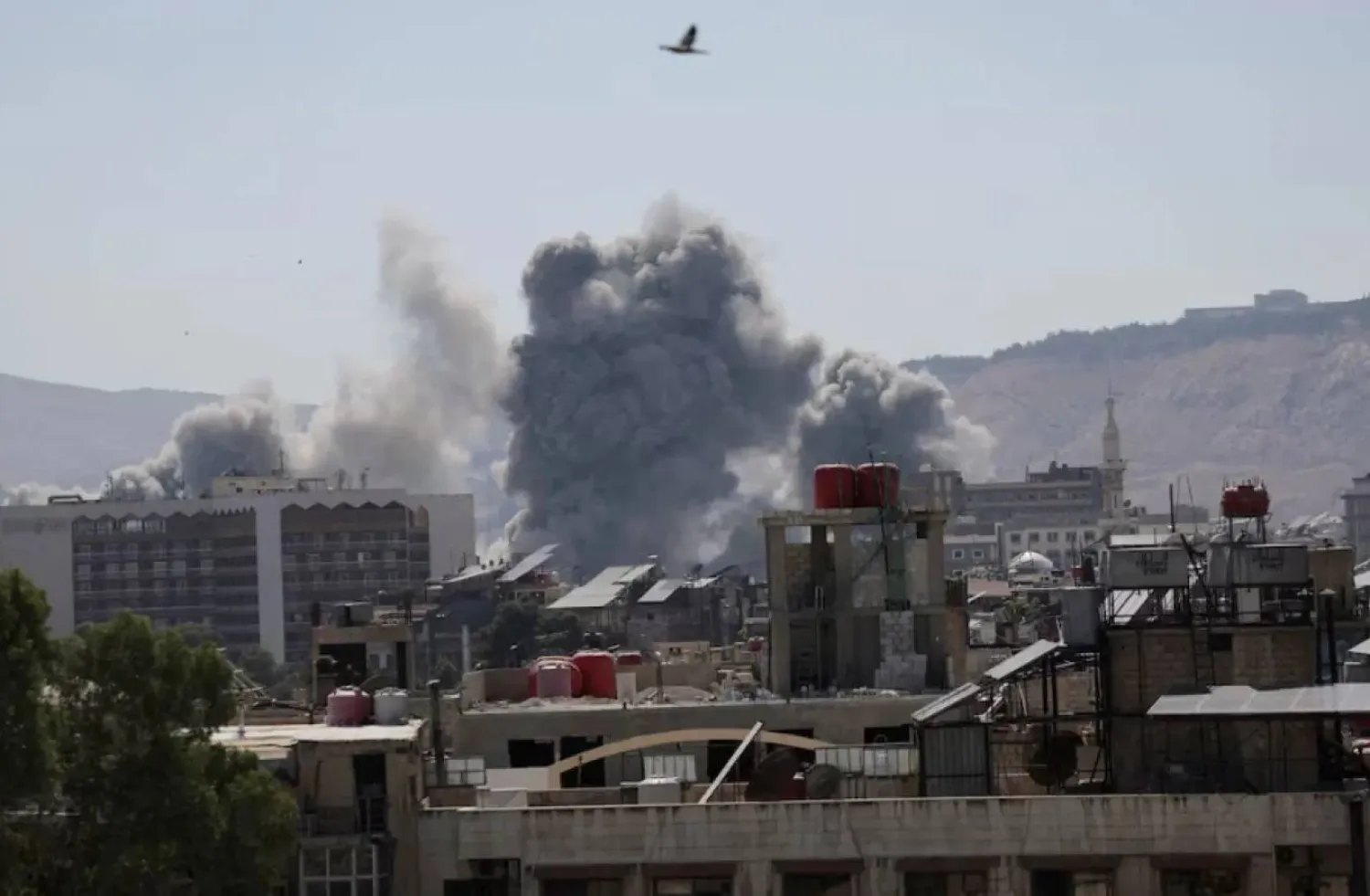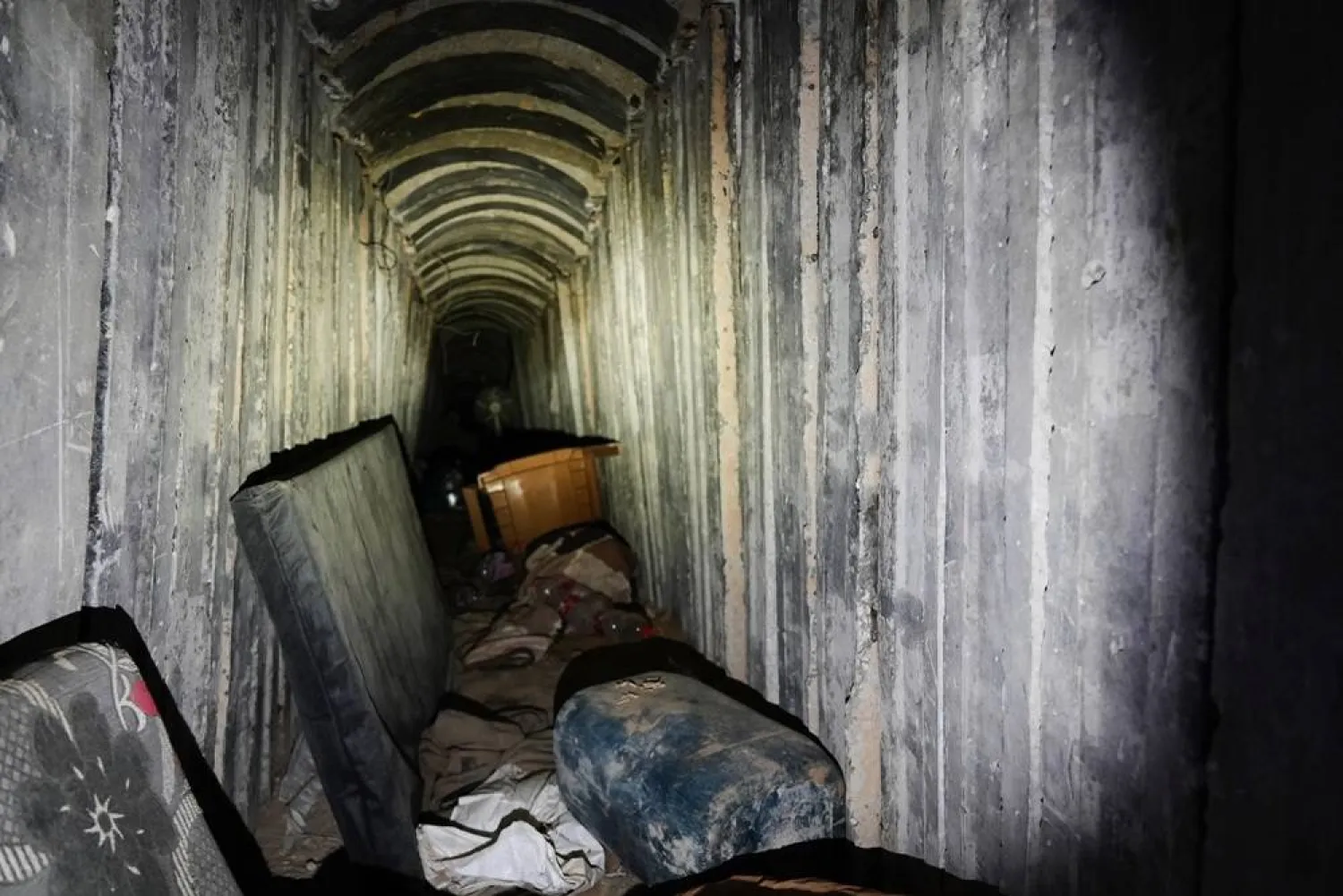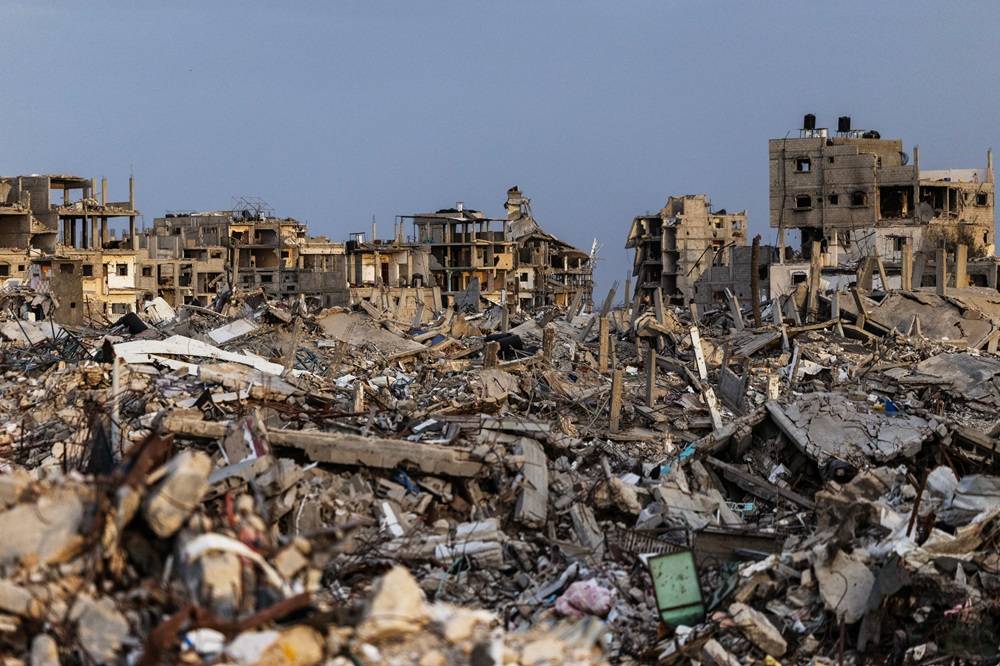New efforts are underway to resolve the Yemeni crisis as it enters its ninth year. An informed Yemeni source revealed to Asharq Al-Awsat that a comprehensive peace document is being drafted.
Sponsored by the United Nations, the finishing touches are being made to the draft that covers several phases.
The first phase of peace would include a nationwide ceasefire, reopening of all land, air and sea routes, the merger of the central banks and complete prisoner swap deals.
Meanwhile, Saudi Defense Minister Prince Khalid bin Salman reiterated the Kingdom’s constant support to Yemen.
He held talks in Riyadh with Chairman of the Yemeni Presidential Leadership Council Dr. Rashad Al-Alimi. The minister underlined Saudi Arabia’s backing to the work of the PLC as it pursues security and stability in Yemen.
Prince Khalid and Al-Alimi discussed the latest efforts to revive the peace process in line with a UN-sponsored comprehensive political process.
A spokesman for the Iran-backed Houthi militias had announced earlier this week that Houthi officials had met with UN envoy to Yemen Hans Grundberg in Oman for talks on the political and humanitarian arrangements of the comprehensive solution, as well as a prisoner swap.
Three phases
The latest peace plan for Yemen would take place over three stages. The first would take up six months, the second three and the final one two years. The informed sources said the timetable is still not finalized.
The plan would kick off with the declaration of a ceasefire and the formation of a committee that would oversee the merger of the central banks. A prisoner swap would be held and trust-building measures between the warring parties would be carried out.
The parties would then hold direct negotiations to establish how the Yemenis envision a state. This would then be followed by a transitional period.
The plan also calls for reopening all land, air and sea routes and lifting all restrictions on travel so that life could return to normal in government- and Houthi-held regions.
A comprehensive economic reform process, with Saudi Arabia’s backing, would also get underway. The source revealed that a committee, comprised of the PLC presidency, Yemeni prime minister and Saudi experts, has been formed to tackle the reforms. The committee is set to meet in the coming days.
The government has submitted its response and proposed amendments to the peace plan, revealed the source. It has demanded guarantees that the Houthis would not attempt to undermine the plan or renege on pledges.
The source expected a ceasefire to be declared in the coming days, for the truce to be consolidated and for fighting to stop at battlefronts. Other arrangements will need weeks to be implemented.
He added that the Houthis are escalating the situation on all military fronts to make the most gains before a ceasefire is declared.
Wary reaction
The Yemeni people are hoping that the latest peace efforts would end the war in their country and the coup by the Houthis against the legitimate government.
Chairman of Aden's Chamber of Commerce and Industry Abu Bakr Ba Obaid told Asharq Al-Awsat that he hoped change would take place in Yemen towards the better.
This change demands that the Yemenis abandon the revolution mindset and set their sights on construction and growth, he added.
Activists and researchers have warned against being too optimistic over the latest talk about peace. They said the Houthis remain untrustworthy, as demonstrated by how they failed to respect last year’s nationwide ceasefire and refused to reopen routes to Taiz city, one of the key demands of the truce.
Senior analyst at the International Crisis Group (ICG) Ahmed Nagi said the latest peace plan will undoubtedly have a positive impact on the lives of the Yemeni people and ease their humanitarian suffering.
He also said the plan would likely ease the military and political tensions and possibly lead to more understandings between the warring parties in the future. He noted that the announcement that Saudi Arabia and Iran were restoring their diplomatic relations would also have a positive impact in Yemen.
The optimism does not mean that the legacy of eight years of war will be erased any time soon, he warned. Quick solutions will fail in addressing the catastrophic situation in the country. The solutions must focus on the causes of the conflict and contain its consequences.
Mokhtar Abdullah, a store owner in the interim capital, Aden, welcomed the peace plan, saying the Yemenis have waited years for such news. He hoped the Yemeni parties would rise up to the occasion and work towards the public good, not their own interests.











